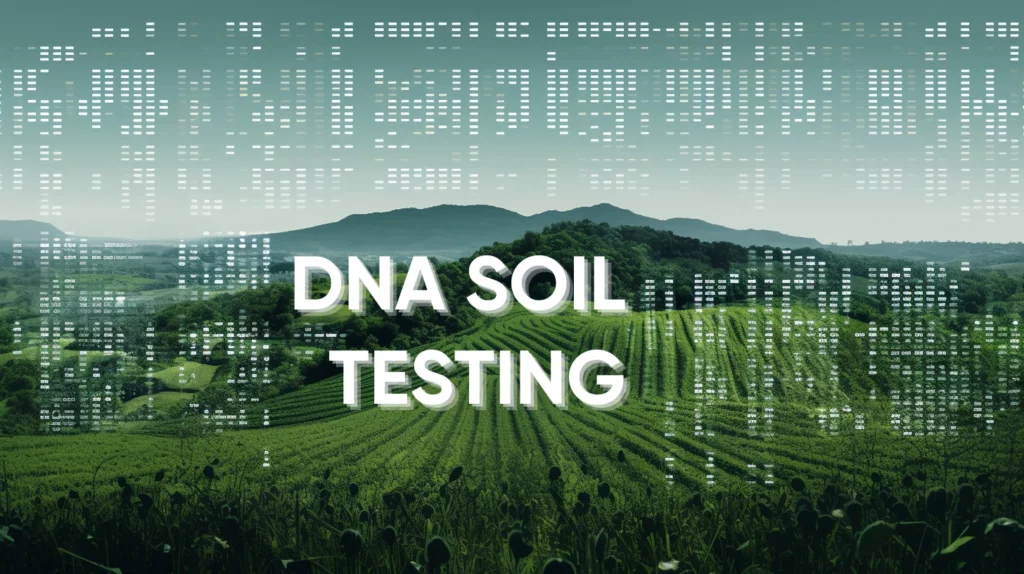Soil, often called the lifeblood of agriculture, holds many nutrients essential for plant growth. These nutrients act as the silent architects of our crops, determining their health, yield, and quality. However, understanding the true availability of these nutrients to plants has always been a complex puzzle.
DNA soil testing has emerged as a promising solution in unraveling the intricate dynamics of nutrient availability in the soil. By examining the genetic makeup of the soil, this advanced method provides unparalleled insights into nutrient accessibility for plants – going beyond mere nutrient presence to actual usability.
In this article, we will explore the transformative potential of DNA soil testing and how it is revolutionizing our understanding of nutrient dynamics in the soil. As we strive for precision and knowledge in sustainable agricultural practices, DNA soil testing stands as a powerful tool, guiding us towards a future where every crop can reach its full potential.
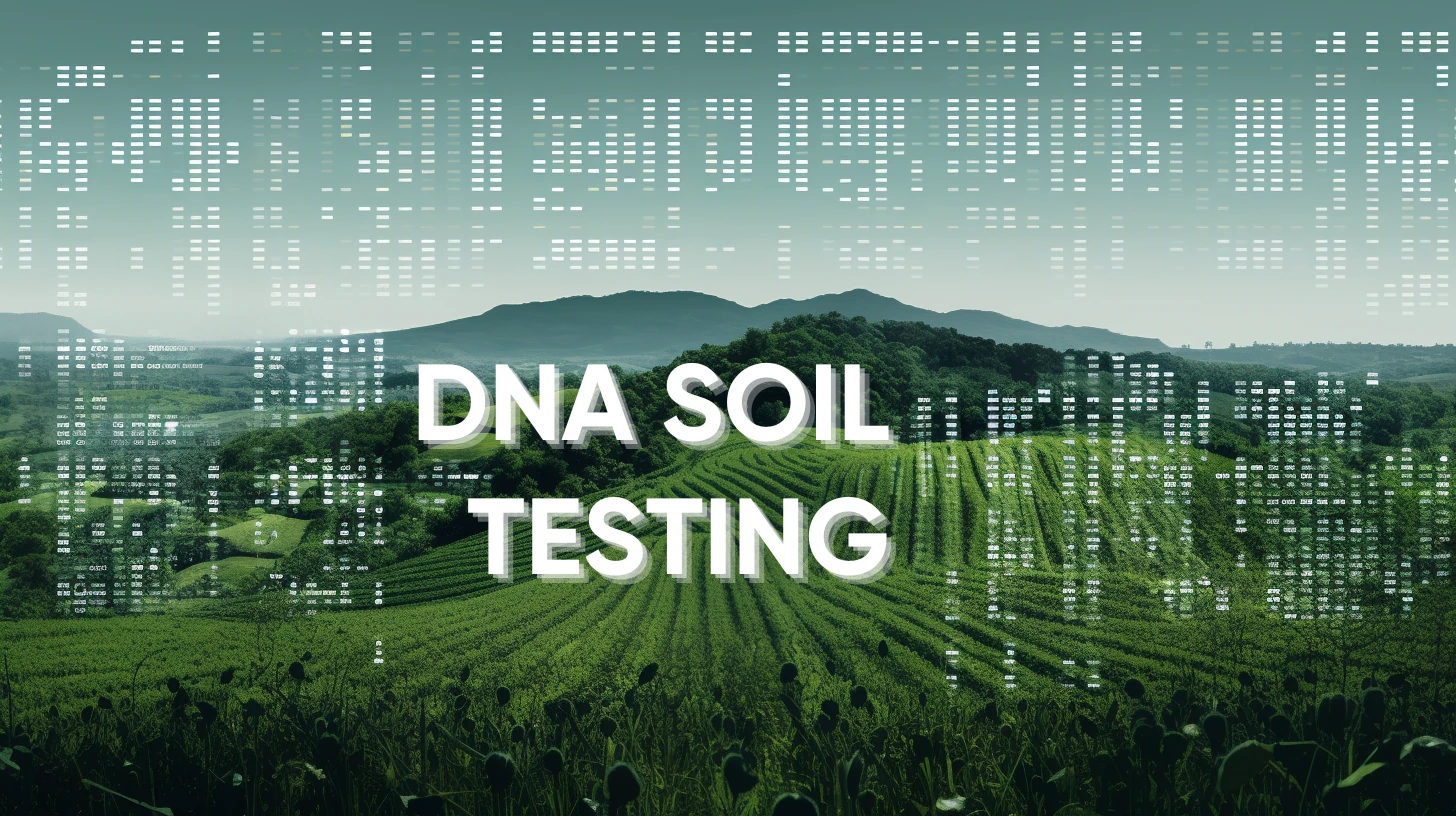
Deciphering Soil’s Nutrient Dynamics
To comprehend the significance of DNA soil testing, let us delve into the world of soil and the nutrients it provides to plants.
Essential Nutrients for Plant Health
Plants require various nutrients for their growth and development. The primary macronutrients are nitrogen, phosphorus, and potassium, which are essential for plant vigor, energy utilization, and overall health. Additionally, plants need smaller amounts of secondary nutrients like calcium and magnesium.
Factors Influencing Nutrient Availability
Several factors influence the availability of nutrients in the soil:
- Soil pH: Soil acidity or alkalinity, expressed as pH, plays a crucial role in nutrient availability. Different plants thrive in different pH levels, and if the soil’s pH is not suitable, plants may struggle to absorb nutrients adequately.
- Organic Matter: Organic matter, derived from decomposing plants and animals, enriches the soil and enhances nutrient availability. An assessment of organic matter content using RhizeBio soil tests can provide valuable insights.
- Microbial Activity: Microorganisms residing in the soil, such as bacteria and fungi, play a vital role in nutrient cycling. They help decompose organic matter, making nutrients more accessible to plants. DNA soil analysis, such as the RhizeBio’s soil tests for agriculture, can provide information about the microbial community and its impact on nutrient availability.
Limitations of Traditional Testing
Traditional soil testing methods have limitations when it comes to understanding nutrient availability. These methods primarily focus on chemical analysis and cannot provide insights into the microbial community or the complex interactions occurring within the soil. However, with the advent of DNA soil testing, we can now gain a more comprehensive understanding of soil health and nutrient dynamics.
DNA Soil Testing: The Basics
DNA soil testing is a modern approach to soil analysis that goes beyond chemical analysis. Instead of solely looking at the chemical elements, DNA testing examines the genetic material present in the soil. RhizeBio has developed specialized tools, such as soil DNA testing kits, to extract and analyze DNA, providing detailed information about the soil’s microbial community.
How Is It Different From Conventional Methods?
Conventional soil tests provide limited information about nutrient availability and often neglect the critical role of microorganisms in nutrient cycling. In contrast, DNA soil testing allows us to uncover the hidden world of soil microbes and their interactions, giving us a deeper understanding of nutrient availability. RhizeBio’s comprehensive soil tests give a more holistic view of soil health by combining chemical analysis with soil DNA sequencing.
Inside DNA Soil Testing
DNA soil testing involves extracting DNA from soil samples using soil tests for agriculture. The extracted DNA is then analyzed using advanced techniques, such as RhizeBio’s AI soil algorithms, to decode the information present in the genetic material. This process provides valuable insights into the soil’s microbial community, nutrient availability, and potential nutrient deficiencies. By utilizing DNA soil testing, farmers can make more informed decisions to optimize their farming practices.

Understanding the Soil Microbiome
The soil is a complex ecosystem teeming with microorganisms, collectively known as the soil microbiome. This intricate network of organisms plays a crucial role in nutrient cycling and soil health.
Significance in Nutrient Cycling
Microorganisms in the soil are responsible for transforming organic matter into essential nutrients that plants can absorb. Through processes such as mineralization and immobilization, microorganisms regulate the release and availability of nutrients in the soil. This efficient nutrient cycling ensures that valuable nutrients do not go to waste.
Balance and Diversity: Key to Nutrient Availability
A balanced and diverse soil and root microbiome is essential for optimal nutrient availability. Just as a diverse team brings different skills and expertise to a project, a diverse microbiome offers a range of functions beneficial to plant health. RhizeBio’s soil testing and DNA sequencing services provide insights into microbial diversity, helping farmers make informed decisions to promote a balanced microbial community. This balance supports efficient nutrient cycling, leading to healthier crops and sustainable farming practices.
DNA Soil Testing Techniques
The quest to unravel the mysteries of soil has led to the development of sophisticated DNA soil testing techniques. These techniques enable us to gain deeper insights into soil health and nutrient availability. Let’s explore some of these techniques:
Extraction and Amplification of Soil DNA
Before analyzing soil health, DNA must be extracted and amplified from the soil samples. This process allows for the identification and study of microorganisms present, even in small quantities. RhizeBio soil DNA testing methods are specifically designed for this purpose. Through the extraction and amplification process, even trace amounts of genetic material can be studied, providing a comprehensive view of the soil microbial community.
Metagenomics and Molecular Tools
Metagenomics is the study of genetic material directly extracted from environmental samples like soil. Rather than focusing on individual organisms, metagenomics provides insights into the entire microbial community. Paired with molecular tools, such as RhizeBio’s soil DNA diagnostic tools, researchers can assess the diversity and functions of microorganisms in the soil. This approach helps us understand how microorganisms interact and contribute to soil health, providing a holistic view of soil biology.
Nutrient Availability and Microbial Activities
Soil is a bustling ecosystem, teeming with microbial activity. DNA soil testing techniques, along with tools like RhizeBio soil analytics systems, allow us to identify the microorganisms present in the soil and understand their influence on nutrient availability. By examining the genetic information in the soil, we can gain insights into microbial activities that play vital roles in nutrient cycling, organic matter decomposition, and soil structure maintenance. With these insights, RhizeBio soil recommendations can guide agricultural practices to optimize nutrient utilization and promote soil health.

The Benefits of DNA Soil Testing
DNA soil testing offers a range of benefits that can significantly enhance traditional farming practices. Let’s explore some of these advantages:
Accurate Assessment of Nutrient Availability in Real Time
One of the key advantages of DNA soil testing is its ability to provide accurate and real-time assessments of nutrient availability. Unlike traditional soil testing methods that provide periodic snapshots, DNA soil testing can pinpoint the exact nutrients present and their quantities at any given moment. This real-time data equips farmers with the insights needed to make immediate decisions, leading to better crop yield and health.
Predicting Nutrient Release Patterns and Plant Nutrient Uptake
Every plant has its own nutrient uptake rhythm, absorbing nutrients according to its growth stage. Understanding these dynamic patterns is essential for optimizing farming practices. DNA soil testing delves deep into the soil profile, predicting nutrient release patterns. Combined with RhizeBio advanced soil algorithms, this information can help predict how and when plants will uptake specific nutrients. Such forward-looking insights ensure that crops have optimal nourishment at every growth stage.
Tailoring Fertilizer Recommendations for Improved Nutrient Use Efficiency
Generic fertilizer strategies often lack precision, resulting in inefficient nutrient use. However, DNA soil testing eliminates this uncertainty. By leveraging tools like RhizeBio soil recommendations, farmers can receive tailored fertilizer recommendations based on the exact composition of their soil. This precision ensures that every granule of fertilizer counts, improving nutrient use efficiency. With DNA soil testing, the future of agriculture lies not just in growing crops, but in optimizing every aspect of soil management for the best results. Such practices, coupled with RhizeBio’s advanced technologies, can advance agriculture while maintaining sustainability and prosperity.
Applications of DNA Soil Testing
DNA soil testing has wide-ranging applications that go beyond conventional farming practices. Let’s explore some of these applications:
Precision Agriculture and Site-Specific Nutrient Management
Precision agriculture involves tailoring farming practices to individual sections of a farm. DNA soil testing, with its accurate and detailed insights, enables farmers to apply nutrients precisely to areas that need them the most. This targeted approach reduces waste and maximizes crop yield. Utilizing tools like RhizeBio precision soil analysis, farmers can manage every square foot of their farm for optimal productivity and sustainability.
Environmental Conservation and Sustainable Land Use Planning
DNA soil testing also has profound implications for environmental conservation. By understanding the soil microbiome’s composition and health, conservationists can make informed decisions about sustainable land use. RhizeBio soil health risk management tools provide insights into areas at risk of degradation or where biodiversity preservation is essential. With this data, land use planning can prioritize conservation, restoration, or sustainable development, ensuring the long-term health of our natural landscapes.
Optimizing Soil Health in Different Agricultural and Horticultural Systems
Different crops and plants have varying soil requirements. Understanding these nuances is crucial for their optimal growth. DNA soil testing provides insights into the nutrient composition of the soil, enabling farmers and horticulturists to tailor their soil management practices. Whether it’s a vast agricultural field or a specialized horticultural setup, DNA soil testing can guide decision-making, ensuring that the soil provides the best environment for optimal growth.
Integrating DNA soil testing into farming practices has the potential to optimize yields, promote sustainable soil health, and support environmental stewardship. By harnessing the insights provided by DNA soil testing, farmers and researchers can work together to achieve greener and more sustainable agriculture. DNA soil testing, supported by RhizeBio’s suite of advanced technologies, paves the way for a future where our crops can thrive while preserving the health of our soils.

Integrating DNA Soil Testing Into Farming Practices
To fully harness the transformative potential of DNA soil testing, it is crucial to integrate this advanced technique into regular farming practices. Here are the steps to successfully incorporate DNA soil testing:
Soil Sampling
The process begins with meticulous soil sampling from various sections of the farm. It is essential to capture the heterogeneity of the soil, from surface to deeper layers, and from different areas within the farm. This comprehensive collection ensures that no zone is left unassessed, providing a representative understanding of the soil’s composition.
Sending Samples to Certified Laboratories
After soil sampling, the collected samples should be sent to accredited laboratories specializing in DNA soil analysis, such as RhizeBio. It is crucial to ensure proper storage and transportation of the samples to maintain their integrity during transit.
Advanced Analysis Techniques
Upon receiving the samples, the laboratories employ advanced analysis techniques to extract and analyze the DNA present in the soil. RhizeBio utilizes DNA sequencing for soil analysis, enabling a comprehensive assessment of the soil’s genetic makeup. This analysis provides valuable insights into the microbial community, nutrient composition, and potential soil health concerns.
Detailed Reports and Interpretation
After rigorous examination, farmers receive detailed reports from the laboratory. These reports are not just datasets but come with actionable insights that can guide future farming strategies. Understanding these reports and their implications may require expertise. While the reports provide valuable information, RhizeBio recognizes the need for support in data interpretation. They offer guidance and expertise through resources like the RhizeBio soil troubleshooting expertise, aimed at helping farmers make sense of the data and implement practical steps based on the insights provided.
Limitations and Challenges of DNA Soil Testing
While DNA soil testing offers significant potential, it is essential to acknowledge its limitations and challenges. These include:
Cost and Accessibility Concerns
Integrating DNA soil testing into conventional farming practices may pose financial challenges for small-scale farmers. The required investment for DNA testing services and laboratory analysis can be significant. Furthermore, accessibility to advanced testing facilities like those provided by RhizeBio might be limited in remote or underdeveloped areas.
Data Complexity and Interpretation
DNA soil testing generates vast amounts of complex data that need to be interpreted accurately for practical application. The wealth of information provided by RhizeBio advanced soil algorithms requires farmers to bridge the gap between scientific knowledge and on-the-ground implementation. Acquiring the necessary understanding and expertise to interpret the data effectively is crucial for maximizing the benefits of DNA soil testing.
Bridging the Knowledge Gap
DNA soil testing represents a paradigm shift from traditional soil testing methods. It requires farmers to adapt and embrace the advantages offered by this modern technique. Bridging the knowledge gap between farmers and soil scientists is crucial to ensure that farmers fully understand the implications of DNA soil test reports and can implement appropriate strategies based on the insights provided.
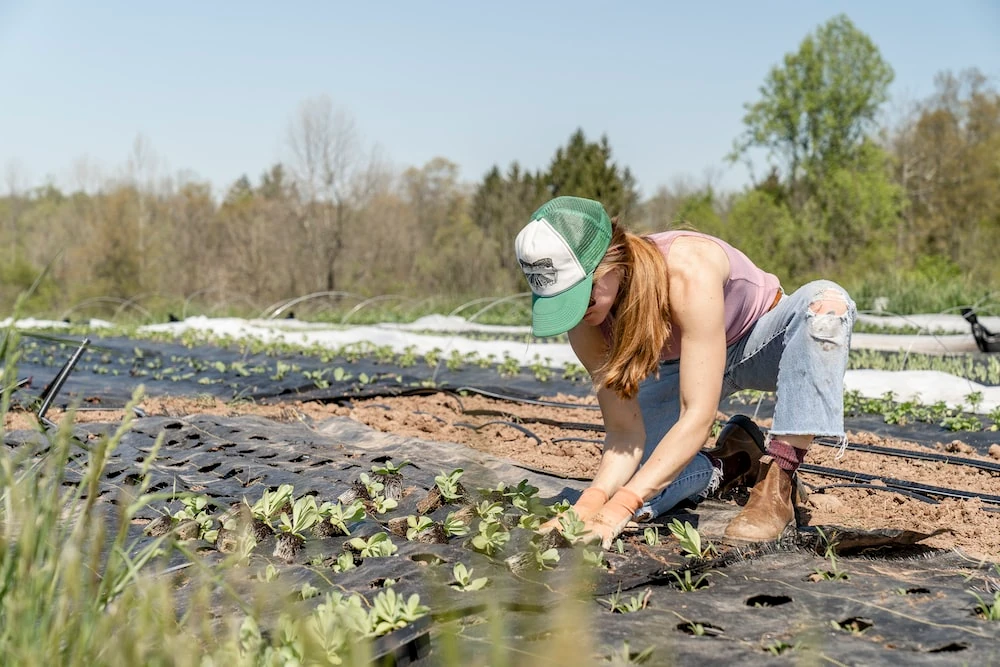
Future Directions and Research Opportunities in DNA Soil Testing
As DNA soil testing continues to advance, the future holds promising directions and research opportunities. These include:
Tech-Driven Soil Insights
Advancements in DNA soil testing technologies, such as RhizeBio DNA sequencing for soil, offer increasingly detailed insights into soil health. Continued development and innovation in these technologies will refine our understanding of soil at a molecular level. Combining these advancements with precision soil analysis, such as RhizeBio precision soil analysis, will provide a comprehensive view of soil health.
Integration of Old and New Methods
The synergy between DNA soil testing and traditional soil testing methods is a promising avenue for future research. The integration of various testing techniques, such as chemical analysis, physical measurements, and DNA sequencing, can provide a holistic understanding of soil health. This comprehensive approach will enable farmers and researchers to make informed decisions and develop targeted soil management strategies.
Unveiling Soil Microbial Interactions
The soil is a complex ecosystem teeming with microbial interactions. Future research can focus on unraveling and understanding these intricate relationships. Collaborative initiatives involving research organizations, farmers, and technology providers like RhizeBio can delve into these microbial interactions and their implications for soil health. This knowledge is essential for devising strategies that enhance crop yield, improve disease resistance, and promote sustainable farming practices.
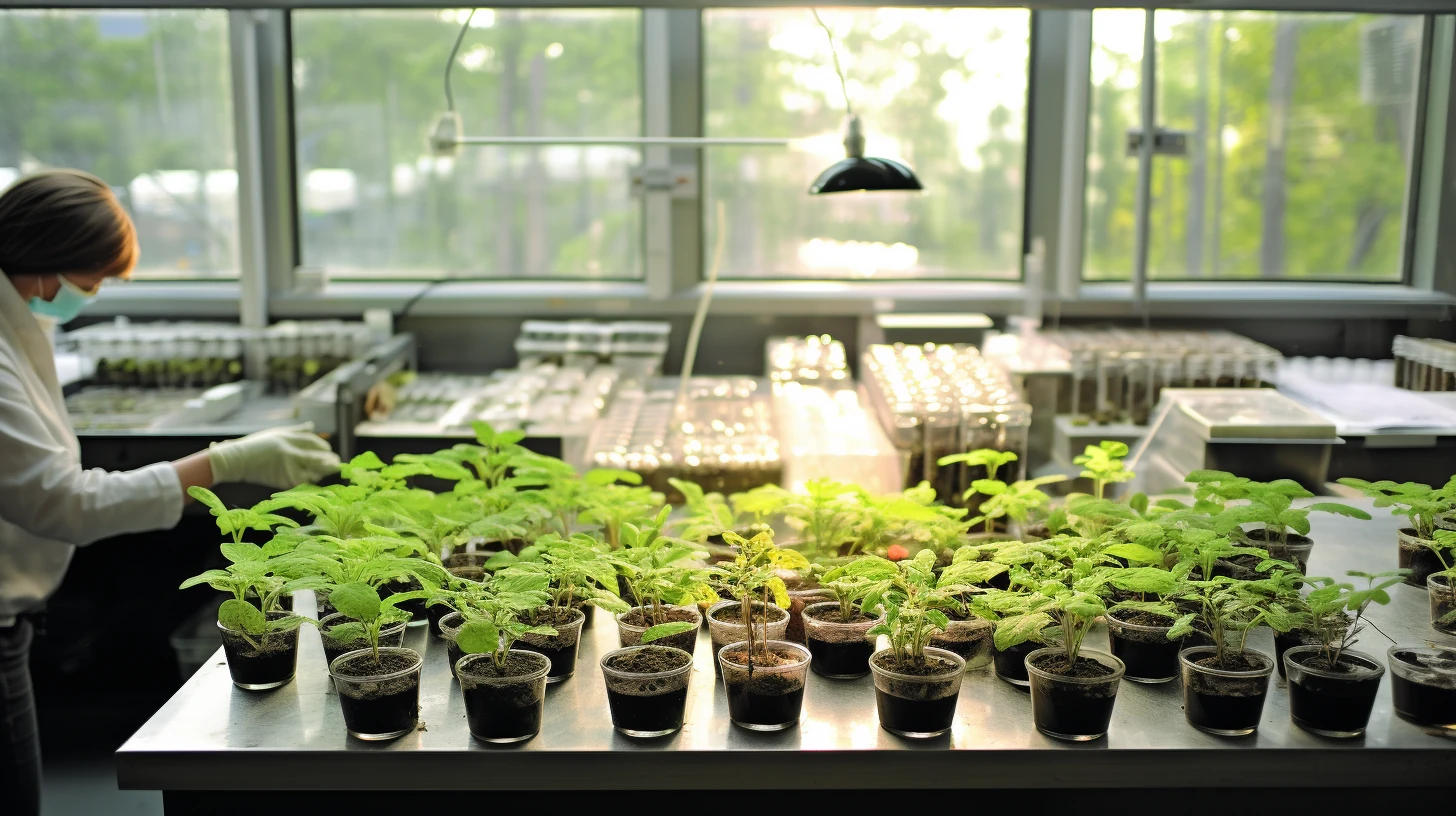
The Future Beckons With DNA Soil Testing
DNA soil testing stands at the forefront of innovation in soil science, offering transformative potential for agriculture and environmental conservation. As we look toward the future, it is essential to recognize the significant benefits and further advancements that DNA soil testing can bring.
Advancing Precision Agriculture
The integration of DNA soil testing into precision agriculture holds tremendous promise. As farms become more data-driven and technology-oriented, DNA soil testing provides the necessary insights for site-specific nutrient management. By precisely tailoring fertilization strategies and adjusting nutrient applications based on real-time DNA soil test results, farmers can optimize resource utilization and reduce environmental impacts. This targeted approach maximizes crop productivity while minimizing the use of inputs, fostering sustainable agriculture practices.
Innovation in Environmental Conservation
DNA soil testing also plays a vital role in environmental conservation and sustainable land use planning. By assessing the soil microbiome and understanding the impact of land management practices, conservationists can make informed decisions to protect and restore ecosystems. DNA soil testing, combined with advanced analytical tools and predictive models, allows for the identification of vulnerable areas, promoting sustainable development while safeguarding biodiversity.
Unleashing the Power of Data Analytics
As technology continually evolves, the power of data analytics becomes increasingly accessible. DNA soil testing generates extensive data sets that can be harnessed to drive innovations. By leveraging advanced data analytics and machine learning algorithms, researchers can uncover deeper insights into soil health, nutrient availability, and crop performance. This knowledge fuels continuous improvements in soil management strategies, guiding farmers toward more sustainable and efficient practices.
Empowering Small-Scale Farmers
While cost and accessibility have been challenges in DNA soil testing adoption, advancements in technology over time may lead to the development of more affordable and user-friendly solutions. This holds great promise for small-scale farmers, who often face resource constraints. By providing accessible DNA soil testing options and user-friendly data interpretation tools, farmers can benefit from comprehensive soil analysis, enabling them to optimize their farming practices and enhance their livelihoods.
Collaboration and Knowledge Sharing
Moving forward, collaboration and knowledge sharing will be critical in unlocking the full potential of DNA soil testing. Researchers, farmers, technology providers, and policymakers must work in tandem to address challenges and foster widespread adoption. Partnering on research projects, sharing best practices, and organizing training programs can bridge the knowledge gap and ensure that DNA soil testing becomes an integral part of sustainable agricultural systems worldwide.
As we embrace the transformative potential of DNA soil testing, supported by dedicated research and technological advancements, we move closer to a future where agriculture maximizes productivity while minimizing environmental impacts. RhizeBio, along with other innovative companies and research organizations, continues to advance DNA soil testing technologies, driving the progress toward sustainable, efficient, and environmentally conscious farming practices.
The future of DNA soil testing is not merely about unlocking the secrets of the soil but about nurturing the land that sustains us. By harnessing the power of DNA soil testing, we can cultivate a thriving agricultural ecosystem that nourishes both plants and the planet, laying the foundation for a greener, healthier, and more sustainable future.
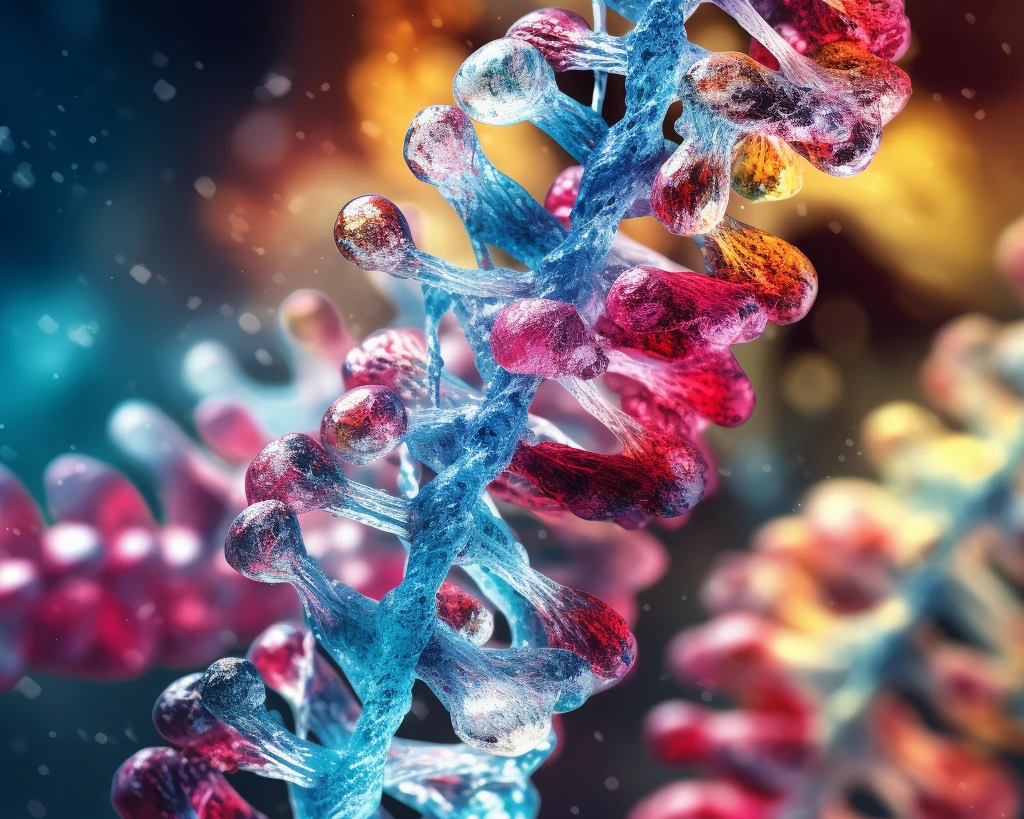
The Future of Soil Testing Services
The undeniable significance of DNA soil testing in agriculture underscores its potential to revolutionize farming practices. By integrating this advanced technique into mainstream agriculture practices, we can optimize crop yields, promote sustainable soil health, and ensure environmental stewardship. DNA soil testing, supported by RhizeBio technologies, paves the way for a future where each seed sown in well-informed soil holds the promise of an optimal harvest.
